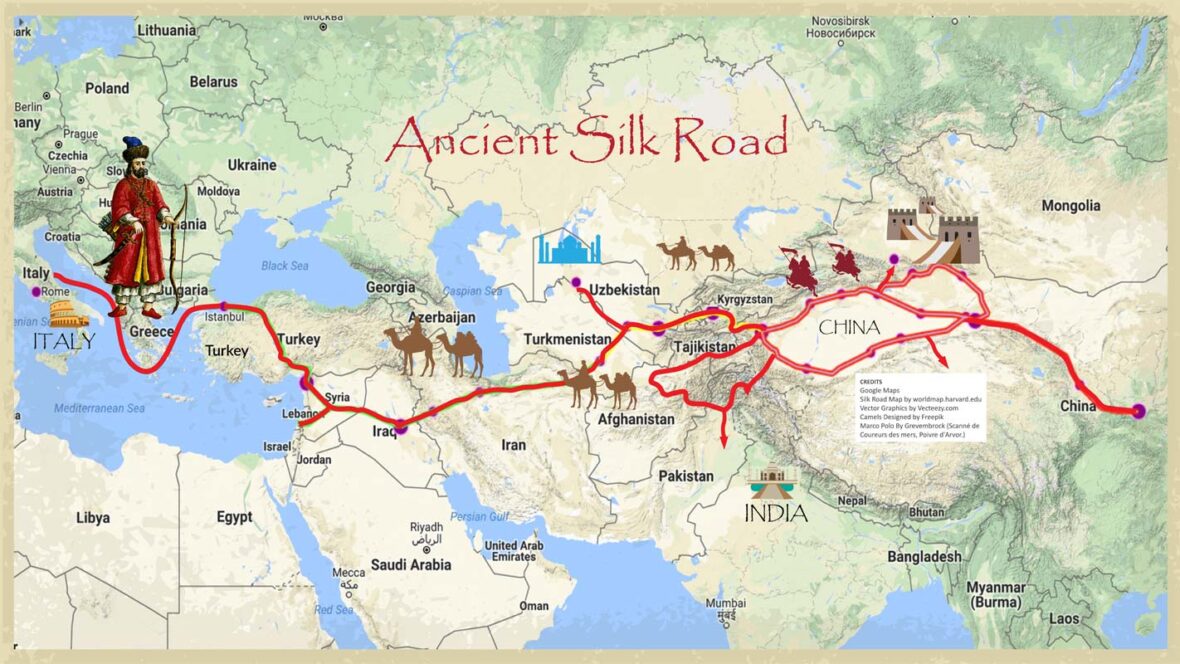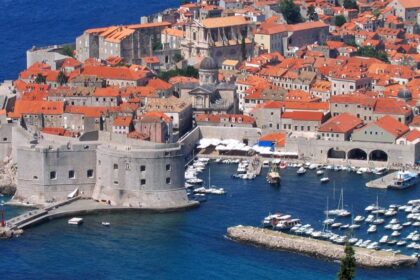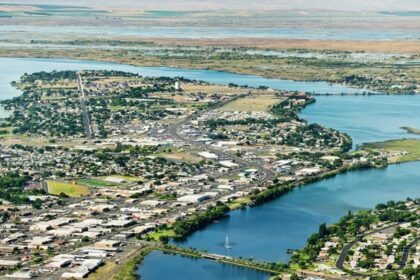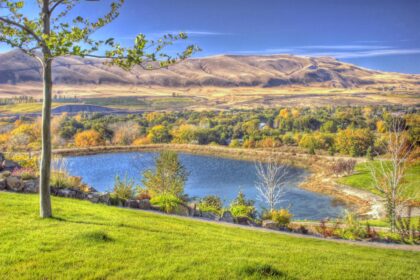The Silk Road changed the world when it was first instituted. Even after all these centuries, the legacy of its achievements continues to affect the way countries approach long-distance trade. Take a look below for 18 interesting and crazy facts about the Silk Road.
1. They call it the Silk Road but it was more of a route than a road; it encompassed paths that crossed both land and sea. Rather than one definitive route, the Silk Road would change depending on factors like weather and conflict.
2. The main Silk Road had a southern branch (cutting through the Karakorum Mountains), a northern branch (cutting through Russia to the West), the Tea Horse Road (cutting through Tibet and India), and the Maritime Silk Road (reaching the Middle East and Europe by crossing seas).
3. The Silk Road came to an end in 1368 when the Yuan Empire fell and Mongol Trade Routes were disconnected. By the 1500s, sailing had gained momentum and all interest in the Silk Road faded.
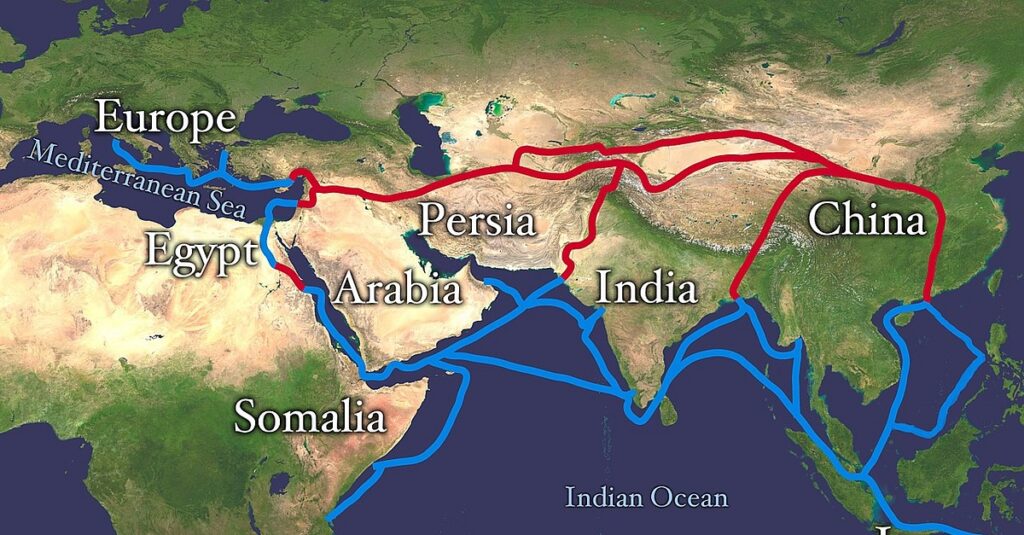
4. The date of the Silk Road’s demise is important because the route only got its name in 1877. A geographer by the names of Ferdinand Van Richthoten was in China between 1868 and 1872. It was during his attempts at making a silk road map that he called it ‘The Silk Route’, a term that stuck.
5. The Silk Road was a trade route. It was 4000 miles long and it connected China, Europe, India, and Persia.
6. Emperor Wudi of the Han Empire was searching for allies in 139 BC when he sent Zhang Qian as an ambassador to Central Asia. Upon his arrival at his destination, Zhang Qian and Emperor Wudi realised that a route for travel and trade connecting the regions would benefit the Han Empire. This laid the foundation for the Silk Road.
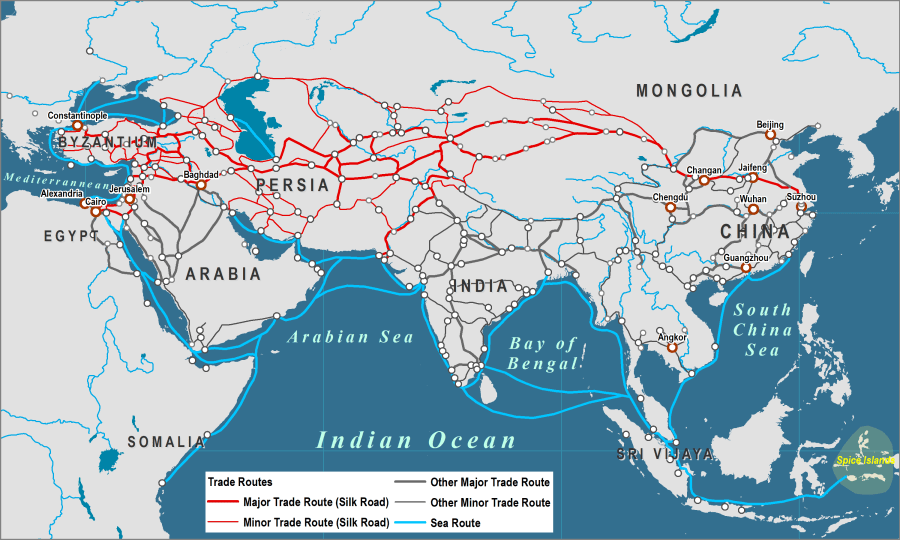
7. It got its name because silk was one of the primary products it was used to transport. Silk was so light that carrying it from place to place was easy. It was also as valuable as gold. People in Europe and Asia greatly desired it.
8. But it wasn’t the only product traded. The Silk Road was also used to import and export salt, spices, gold, silver, and wool. You also had ivory, slaves, furs, perfume, and gunpowder, to mention but a few.
9. To many traders, spices were vital because the Silk Route was long and they could use the spices to mask the flavour of rotting food. They also traded it.
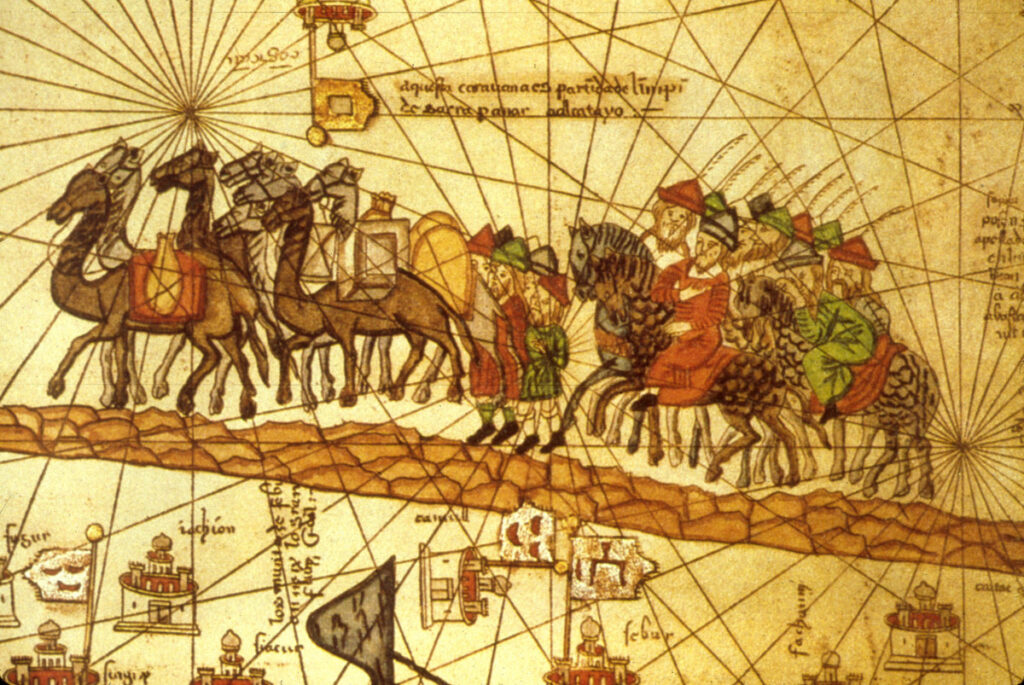
10. The common means of transportation on the road were camels and horses. They also used yaks.
11. Merchants travelled the Silk Road in large caravans. They needed the numbers to keep bandits away.
12. Trade on the road reached its peak during the rule of Kublai Khan’s Yuan Dynasty. Because the Mongols controlled so much of the route, Chinese merchants were encouraged to cross it because it was so safe. Merchants were also honoured by the Mongols.
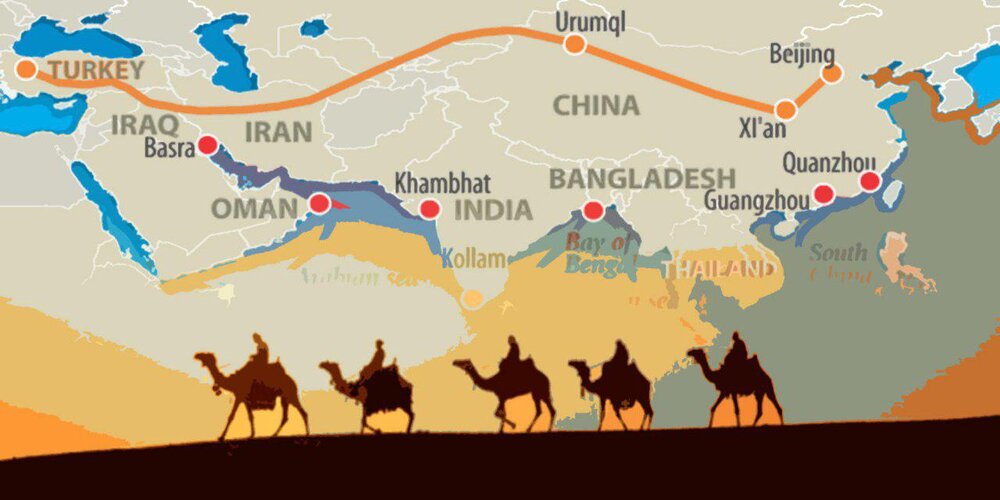
13. The Silk Road allowed kingdoms and countries to exchange goods, traditions, and cultures. But it also allowed the bubonic plague to spread.
14. Considering its size, you rarely saw merchants travelling the entire length of the Silk Road. Most of them were content to trade with the communities and cities they encountered along the route.
15. The most famous person to travel on the Silk Road was Marco Polo. He used the road to go to China.
16. If you have heard the term ‘The New Silk Road’, it refers to the Eurasian Land-Bridge which runs between Mongolia, China, Russia, and Kazakhstan.
17. The Silk Road made it possible for Buddhism to transition from India to China.
18. The most impressive city on the route was Samarkand, which housed craftsmen, astronomers, and poets, and also had an aqueduct that served 200,000 people.

